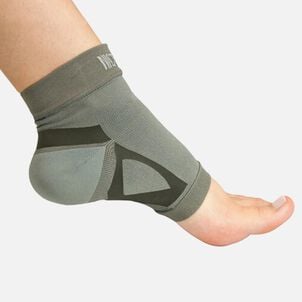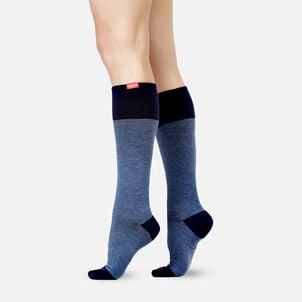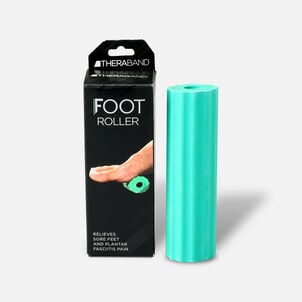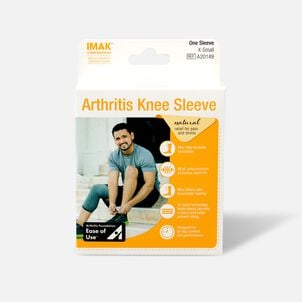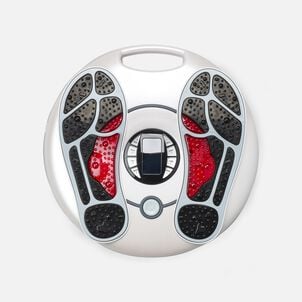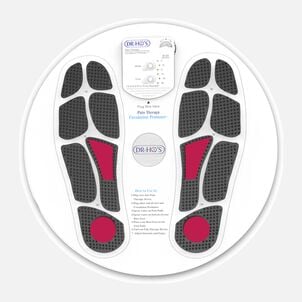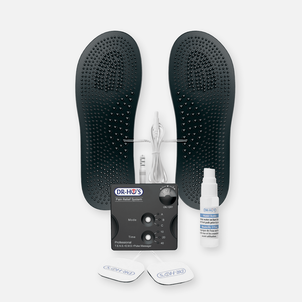The Complete HSA Eligibility List
Here it is — the most-comprehensive eligibility list available on the web. From A to Z, items and services deemed eligible for tax-free spending with your Flexible Spending Account (FSA), Health Savings Account (HSA), Health Reimbursement Arrangement (HRA) and more will be here, complete with details and requirements. Important Reminder: HSAs, FSAs, HRAs and other account types listed may not all be the same. Be sure to check with your administrator to confirm if something is eligible before making a purchase.
Here it is — the most-comprehensive eligibility list available on the web. From A to Z, items and services deemed eligible for tax-free spending with your Flexible Spending Account (FSA), Health Savings Account (HSA), Health Reimbursement Arrangement (HRA) and more will be here, complete with details and requirements. Important Reminder: FSAs, HRAs and other account types listed may not all be the same. Be sure to check with your administrator to confirm if something is eligible before making a purchase.
Diabetic Socks: HSA Eligibility
Diabetic Socks: eligible with a Health Savings Account (HSA)HSA Eligible Leg & Foot Support
Information Letter 2009-0209
What are diabetes socks?
Whether an individual is suffering from type 1 or type 2 diabetes, poor blood circulation and neuropathy (nerve damage) are two of the most unnerving complications tied to high blood sugar levels. These conditions can lead to skin ulcers that can affect the feet, which can worsen over time and could even lead to amputation in some cases if not treated correctly. Worse yet, if an individual has diabetic neuropathy in the feet and has lost sensation in this extremity, small injuries could balloon into full-blown ulcers and serious infections that require extreme vigilance on the part of the patient to avoid.
Thankfully, with the many advances in diabetes care over past decades, the prospects of diabetic patients facing major complications like amputation have decreased dramatically thanks to wearable, therapeutic clothing and care techniques. Diabetic socks are one such example that fit right into a plan of care to prevent foot ulcers and other complications. These socks are made to keep the feet dry, promote optimal blood circulation by keeping feet warm and being constructed without seams that can rub against the skin to cause blisters or ulcers (Verywell Health).
How to prevent foot complications with diabetes socks
Diabetes socks that keep feet dry, warm and safer from potential injury are just one step in a proper diabetic foot care regimen. In addition to diabetic socks, proper foot care for diabetes will should include the following practices via Healthline:
- Daily foot inspections: Individuals who suffer from diabetic neuropathy in their feet should practice daily foot inspections to ensure that any nicks, cuts or tender spots do not accelerate into more advanced issues. Additionally, this is a good time to trim toenails carefully to prevent future injuries.
- Improve your footwear: In addition to diabetic socks that can keep feet warm, dry and free from the vast majority of complications that can arise with traditional socks, it's vital for diabetes sufferers to wear shoes that fit correctly and do not inhibit blood circulation, as well as avoiding walking around barefoot to prevent potential injuries.
- Quit smoking: In addition to its many negative health effects, smoking cigarettes can contribute to diabetic foot problems by limiting the amount of oxygen in the blood and inhibiting blood circulation. Simply put, smoking can lead to the development of more foot issues, as well as making it more difficult to cure them.
- Take injuries seriously: Last but not least, if diabetes sufferers do suspect that a foot issue could develop more advanced complications, they should make an appointment with a doctor. This professional will fully examine the issue and develop a treatment plan moving forward to help patients stay vigilant about their diabetic foot care regimen.


